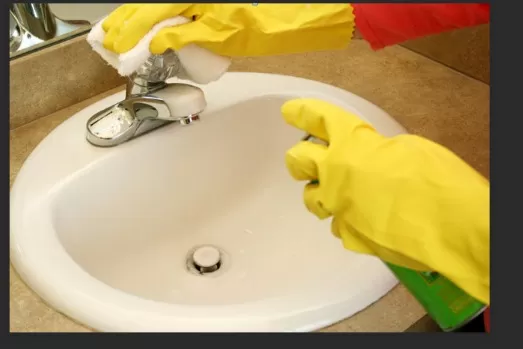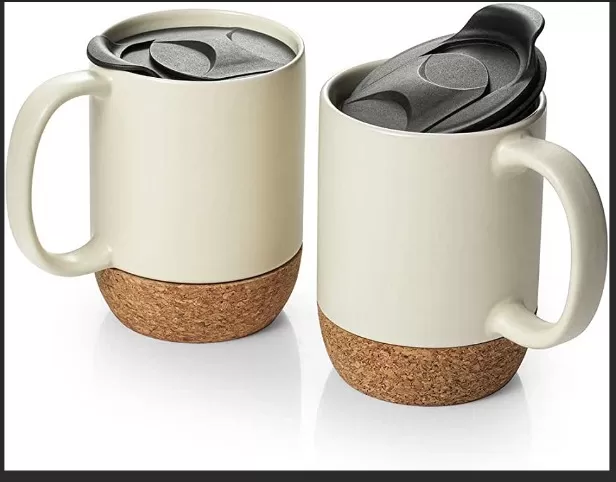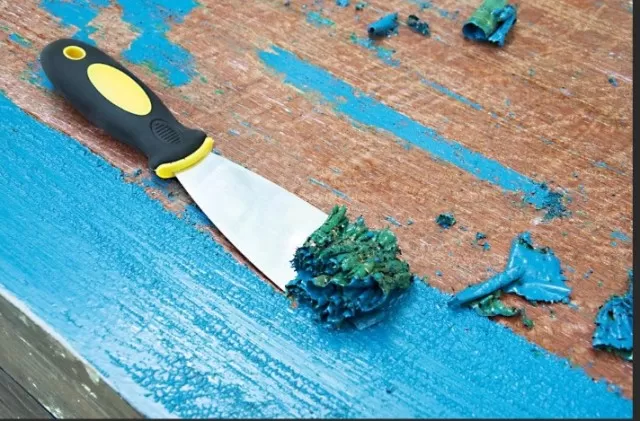Unexpected Home Uses for Acetone.Acetone, commonly found in nail polish remover, is a versatile and potent cleaning agent that extends well beyond its traditional use.
Its powerful properties make it an excellent solution for tackling various challenging messes around the home. Here are some of the many cleaning tasks where acetone can come to the rescue.Remember to exercise caution when using acetone for cleaning tasks. Since it is a potent solvent, avoid using it on delicate or porous surfaces, as it may cause damage. Always perform a patch test in an inconspicuous area to ensure compatibility before using it on a larger surface.
Additionally, ensure good ventilation while using acetone, and avoid exposing it to open flames or heat sources due to its flammability. If you accidentally get acetone on your skin, wash it off promptly and consider using gloves to protect your hands during cleaning.
When used responsibly and in the right circumstances, acetone from nail polish remover can be an excellent ally in keeping your home clean and tidy.
Unlock the Versatility of Acetone: Surprising Uses and Safety Tips

Although commonly recognized as a nail polish remover, the potential of acetone reaches far beyond this single application.
As a versatile and cost-effective chemical, there are numerous ways in which acetone can prove useful around your home, going beyond its prowess in wiping away nail polish. With its ability to tackle tough cleaning tasks, such as removing scuff marks, dissolving sticky superglue, and eliminating stubborn sticker residue, acetone can become a reliable ally in your household cleaning arsenal.
Referred to as propanone in scientific circles, this ketone compound can either be found naturally or synthetically produced.
Its widespread usage spans across various industries, ranging from manufacturing and chemistry to health and beauty products, and it even finds its way into the realm of food additives.
While acetone boasts an impressive array of applications, it is vital to handle it with caution.
Due to its high flammability, it should never come into contact with open flames or heat sources. Additionally, exposure to acetone vapors can irritate the lungs and mucus membranes, highlighting the importance of using it in well-ventilated areas.
To protect your skin from potential dryness or cracking, always wear gloves when handling this potent chemical. It’s also prudent to perform a patch test on an inconspicuous area before utilizing acetone on a larger surface, ensuring that there are no unforeseen adverse effects.
Discover the hidden potential of acetone, but remember to wield its power responsibly, taking proper safety measures to make the most of this valuable household tool.
Bid Farewell to Unsightly Scuff Marks with Acetone!
Are your tile, concrete, or laminate floors marred by those pesky black scuff marks? Say no more! With just a few teaspoons of acetone and a clean rag or paper towel, you can effortlessly wipe away those blemishes and restore the pristine look of your floors.
However, be cautious not to attempt this method on wood floors, as acetone’s powerful properties can strip off the finish and leave irreversible marks.
To tackle scuff marks effectively, pour a small amount of acetone onto your chosen cleaning cloth and gently rub the affected areas.
Watch as those stubborn marks vanish before your eyes! For a finishing touch, dampen another clean rag with water and wipe the treated surface to remove any residual acetone.
Safety tip: Always ensure adequate ventilation while working with acetone, and avoid exposing it to open flames or heat sources due to its flammable nature.
If you accidentally get acetone on your skin, promptly wash it off and consider using gloves to protect your hands during the cleaning process.
Once you’ve successfully banished those scuff marks, you have two options for dealing with the acetone-dampened rag.
You can either dispose of it responsibly or let it dry completely and then wash it as you would normally do with your cleaning cloths.
Embrace the power of acetone, but be mindful of its limitations, and you’ll be well on your way to a scuff-free and sparkling home!.
Restore Your Beloved Coffee Mugs with Acetone!

Is your cherished ceramic or glass coffee mug marred by stubborn brown stains that seem impervious to regular washing? Fear not, as acetone comes to the rescue! With just a teaspoon or two of this magical solution, you can bid farewell to those unsightly coffee or tea stains and give your mug a new lease on life.
To bring back the pristine appearance of your mug, simply pour a small amount of acetone into it.
Then, using a soft sponge or rag, gently rub the stained areas with care. Witness the stains vanish as if by magic! Once you’ve successfully treated the stains, wash the mug as you usually would to remove any residual acetone.
Important note: While acetone can work wonders on ceramic and glass, exercise caution and refrain from using it on painted or printed designs, as it may damage the artwork.
After the cleanup process, you have two options for handling the acetone-soaked sponge or rag.
You can responsibly dispose of it, or if you prefer to reuse it, allow it to dry completely and then rinse it thoroughly with Clean Water before using it again.
As with any chemical, take Safety Precautions while using acetone.
Ensure proper ventilation, avoid open flames or heat sources, and if it comes into contact with your skin, wash it off immediately. Consider using gloves to protect your hands during the cleaning process.
Revel in the joy of sipping from your refreshed and stain-free coffee mug, thanks to the remarkable powers of acetone!.
Free Yourself from Superglue Mishaps with Acetone!
We’ve all been there – a momentary slip while using superglue, and suddenly our fingers are stuck together.
Or worse yet, the cap of the tube won’t budge due to dried superglue sealing it shut. Fear not, for there’s a simple solution to both conundrums: acetone!.
With just a cotton ball soaked in acetone, you can easily dissolve the pesky dried or sticky superglue and regain your freedom.
For glued fingers, gently rub the affected area with the acetone-soaked cotton ball, and watch as the bond releases, setting your fingers free once more. When dealing with a stuck cap, apply the acetone-soaked cotton ball around the edges of the cap, and soon enough, you’ll be able to twist it open effortlessly.
While acetone works wonders in such situations, remember to use it with care.
Avoid contact with your eyes and mucus membranes, and always work in a well-ventilated area. If you accidentally get acetone on your skin, wash it off promptly.
Consider wearing gloves to protect your hands during the process.
Once the job is done, you can dispose of the acetone-soaked cotton ball responsibly.
Alternatively, if you prefer to reuse it, let it dry completely before disposing of it or keep it safely stored for future use.
Say goodbye to superglue mishaps and welcome the convenience of acetone as your trusty ally in tackling those sticky situations!.
Effortlessly Erase Paint Specks with Nail Polish Remover

It happens to the best of us – while painting the trim around your windows, some pesky paint specks ended up on the glass, creating an eyesore.
Worry not, for the solution lies within your bathroom cabinet: nail polish remover, which contains acetone.
To banish those paint splotches from the glass, grab a cotton ball and soak it in nail polish remover, which is essentially acetone.
Hold the acetone-soaked cotton ball onto the paint specks for a couple of minutes, allowing the powerful solvent to work its magic. Once the paint has loosened, take a clean, dry rag and gently wipe away the unwanted paint from the glass surface.
It’s important to note that while acetone is effective in removing paint from glass, exercise caution when using it on other surfaces, as it can cause damage to certain materials.
Always perform a patch test in an inconspicuous area to ensure compatibility before applying it on a larger surface.
Furthermore, remember to use acetone in a well-ventilated area, as it can emit strong fumes.
Avoid contact with your skin and eyes, and in case of accidental contact, rinse thoroughly with water.
With this handy nail polish remover hack, you can say goodbye to those paint specks and restore the clarity of your window glass with ease.
Enjoy your beautifully painted trim without any unwanted blemishes!.
*The information is for reference only.